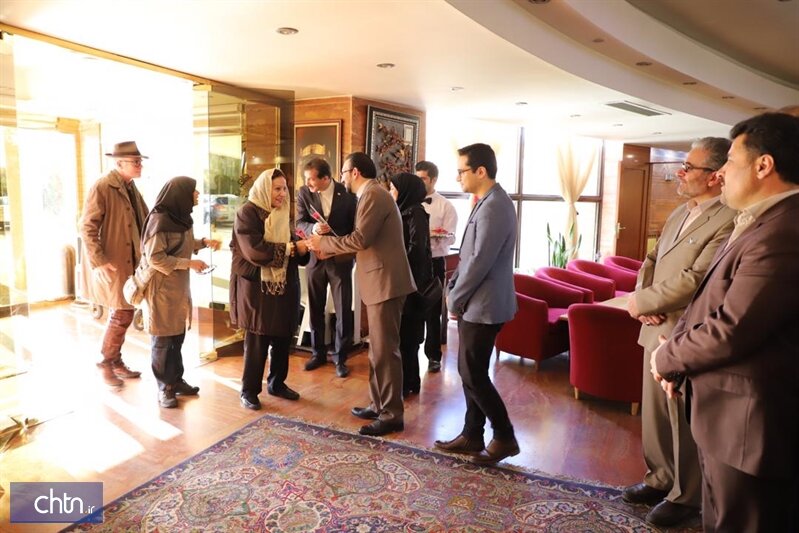Zanjan assessed for becoming a ‘world city of filigree’

TEHRAN – World Crafts Council-Asia Pacific Region Director Ghada Hijavi along a fellow expert arrived in Zanjan on Friday to follow up on their assessment to name the Iranian city a “world city of filigree”.
The experts were scheduled to visit various handicraft workshops, stores and exhibits and associated bazaars of the city in a two-day itinerary.
The team previously visited Shiraz to decide whether it deserves being a “world city of handicrafts”.
WCC delegation are also planning to tour Malayer as of Monday to follow up on their assessment to name it “a world city of woodcarving”, the same title it granted to Abyaneh in 2018.
Filigree, delicate, lacelike ornamental openwork composed of intertwined wire threads of gold or silver, widely used since antiquity for jewelry. The art consists of curling, twisting, or plaiting fine, pliable metal threads and soldering them at their points of contact with each other and, if there is one, with the metal groundwork.
It is probable that in India, Iran (in Zanjan, this handicraft is called malileh) and various parts of central Asia filigree has been worked from the most remote period without any change in the designs.
According to the Encyclopedia Britannica, the ancient Greeks used filigree with great elegance; a necklace of pendant flowers and tassels in a trellis of finely plaited ropes is an example of the delicacy filigree work can attain. The use of filigree was also widespread during Roman times, extending throughout the empire.
AFM/MG
